Recreating the Country blog |
|
The Myrtles - eucalypts, callistemons, melaleucas, leptospermums and more. Part 1 - collecting seed 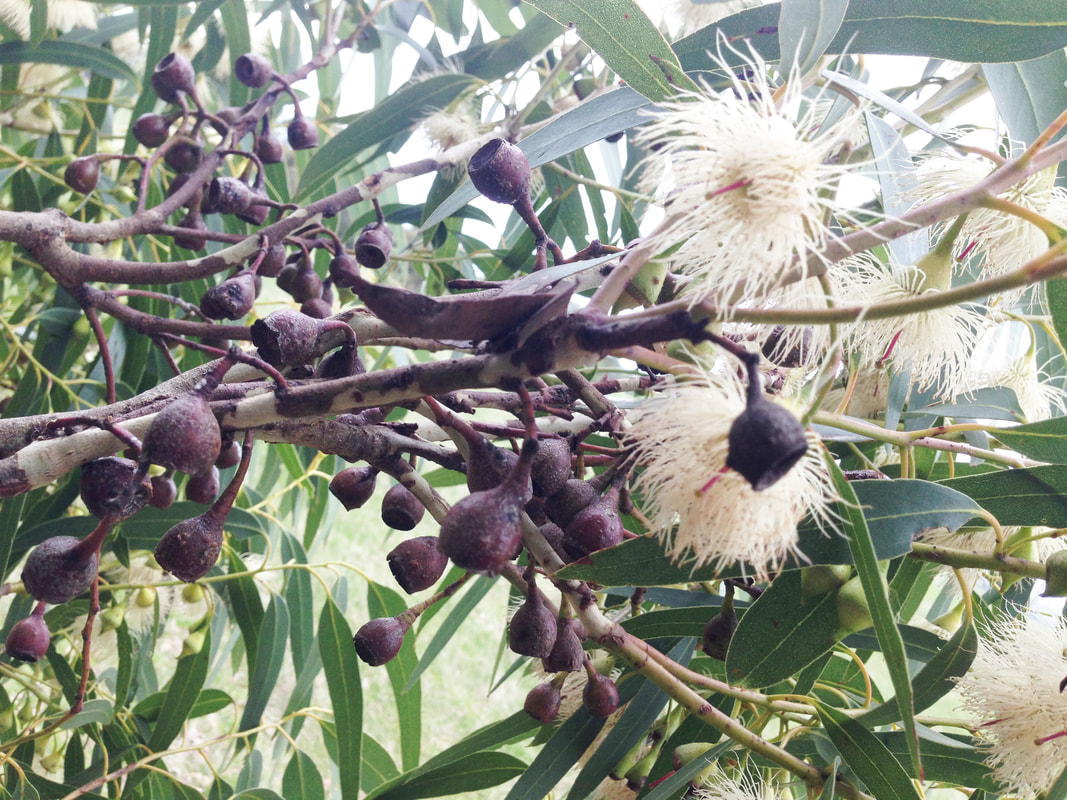 Woody fruit capsules of the Yellow Gum, Eucalyptus leucoxylon, ready to pick. Woody fruit capsules of the Yellow Gum, Eucalyptus leucoxylon, ready to pick. It’s a calm sunny day in early summer and I’m reaching into the lower branches of an ancient Yellow Gum. Standing precariously on a 20 cm wide plank, straddling the roof-racks of my old ute. My left hand holds a cluster of mature gum nuts while I snip them free. I watch them fall onto the loosened tonneau below. I look down at all the wineglass shaped gumnuts scattered across the tonneau with some satisfaction and oops! I very nearly lose my balance, my heart races and I suck in my breath. I know OH&S wouldn’t approve, but for me the risk is definitely worth the reward. 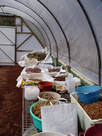 Though I have to admit to feeling relieved once I have my feet back on firm ground and I’m brushing the bounty of gumnuts into a large plastic tub. I’ll take them back to the nursery and spread them out in the hot-house where they’ll dry and release their seeds in the next few weeks. Fig. Drying various fruit capsules, nuts and pods in the nursery greenhouse. Safety - 'Mm, I didn't set a good example' 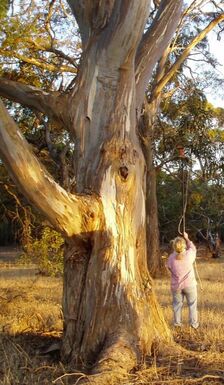 Collecting fruit capsules from a mature Yellow Gum with extendable loppers Collecting fruit capsules from a mature Yellow Gum with extendable loppers We all take regrettable risks at times though it does make sense to keep them to a minimum when your seed collecting in isolated places. Keeping your feet on the ground helps keep you safe. In a woodland of mature eucalypts, many trees have low hanging branches – these are ideal and offer a safe and convenient harvest. When extra height is needed for tempting fruit that is not low hanging, use extendable loppers. As a last resort bring out the ladder. Many of the other members of the Myrtle family are small to medium sized shrubs that are easy to harvest from the ground. OH&S advice when collecting from the ground is to wear gloves and eye protection. Also be conscious of trip hazards and slithery things. It’s also courteous to let the authorities (local Council or VicRoads) know what you’re up to if you’re collecting seed on a roadside reserve. Collecting in National Parks and Reserves requires a permit, so that the wild plants are protected from over harvesting. Click here for more details about permit requirements Seed collecting kit – what do you need? 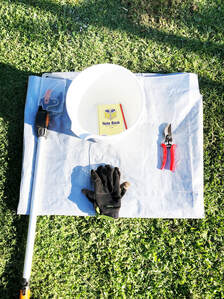 Common items found in your garden shed are all that you need for a small scale seed collection. These include several clean buckets, gloves, a pair of secateurs, paper and pencil to record plant names. If you’re interesting in collecting larger quantities, a tarpaulin and extendable loppers are handy items Nurseryman’s tip –A belt around your waist provides a handy place to hang a bucket or a bag. Just thread the belt through the bucket/bag handle so it hangs conveniently to the front or side. This frees up both hands for seed collecting and safety. Knowing when to pick Knowing when to harvest the fruit-capsules from eucalypts becomes clearer with practice. Many eucalypts release their seed within months after the fruit matures. So it's worth researching ripening times of the species you're interested in collecting before you trek over hill and dale only to be disappointed. See an example of a seed ripening calendar below - click on the image to enlarge. 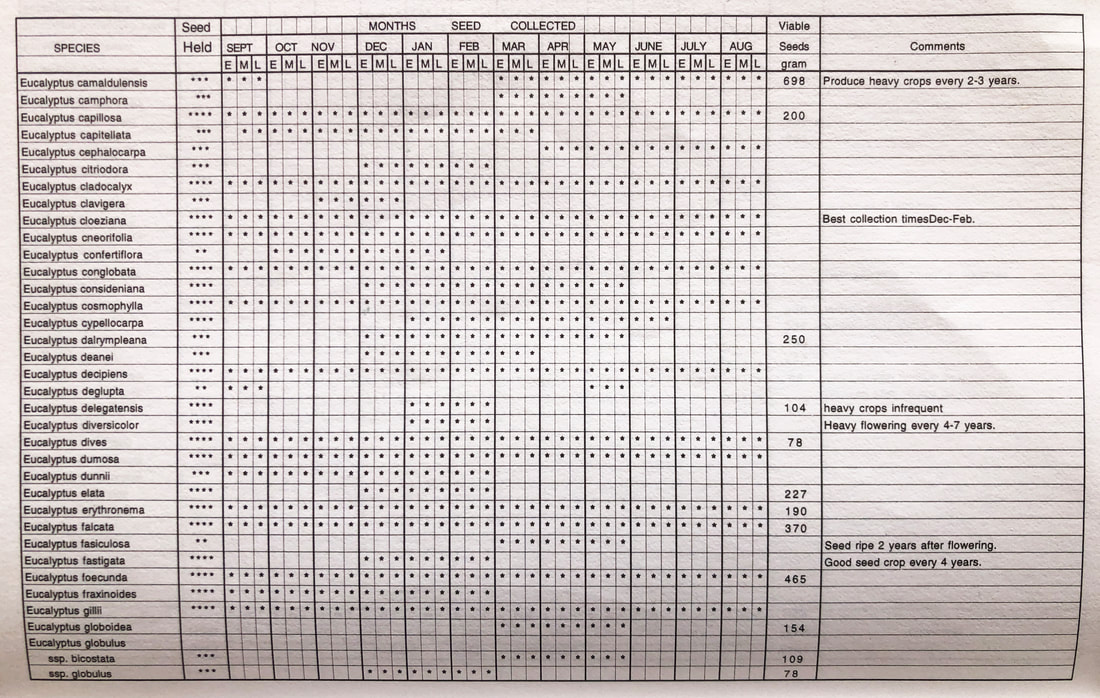 A page from the calendar of eucalypt seed collecting times, where 3 dots in the 'Seed Held' column indicates seed released 3 weeks - 2 months after maturing, 4 dots means seed is available all year. Ref. M. Ralph, Seed Collection of Australian Native Plants. Note: Eucalyptus citriodora is now Corymbia citriodora. If you have convenient access eucalypts near you, here are some guidelines; A careful look around a tree at the gum nuts/fruit capsules provides a helpful guide. You will notice that they form in stages about a year apart. There are the smaller very green capsules that have recently flowered - they’re very likely immature. You will also see larger capsules that are fully formed with a ripe blush or a weathered woody look - they’re the ones you want. These capsules can be plucked off with fingers or cut with secateurs. Cutting small branches loaded with ripe fruit saves time and doesn't do the tree any harm if you harvest small branches of less than 3 cm diameter. My intention is to always look after the trees or shrubs that I’m collecting seed from. Also keep in mind that there may be rare grassland plants growing under the seed trees. It’s our responsibility to look after them as well The sequence of photos below are of the fruit capsules of Manna Gum , Eucalyptus viminalis. Left to right - *Mature woody capsules on the tree. *A small sample collected and dried in a paper bag. *A close up of the fruit showing open valves and contents (a combination about 21 black seeds and smaller tan coloured infertile seeds called chaff). Click on the images to enlarge. You can identify the seed in the images further down the page under the heading 'Cleaning seed'  References: Seed Collection of Australian Native Plants, For Revegetation, Tree Planting and Direct Seeding by Murray Ralph has excellent tables showing the recommended months to collect seed of species of the Myrtle family as well as many other native species. It's full of helpful information. Available through CSIRO publishing. Eucalyptus seed, by D.J.Boland and others, pub. CSIRO, has detailed tables of most eucalypts which include 'flowering months' and 'seed collection months' 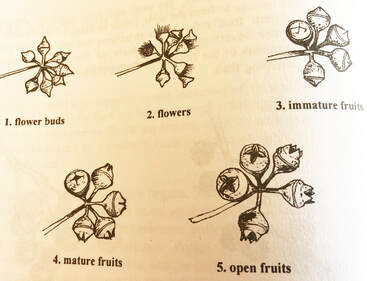 River Red Gum fruit capsules at all stages of development. Notice how the cross of the valves becomes more prominent. Ref. Murray Ralph, Seed Collection of Australian Native Plants River Red Gum fruit capsules at all stages of development. Notice how the cross of the valves becomes more prominent. Ref. Murray Ralph, Seed Collection of Australian Native Plants Fruit capsules have valves The other key indicator is the ‘cross' of the valves at the end of the fruit capsule. Well defined valves will very likely open to release the seed when it's picked You will also see old dry seed capsules with open valves. Even though these have very likely dropped their seeds, they are a useful guide to the size of the mature fruit. When in doubt pick some mature looking capsules and place them on a warm windowsill at home. If ready the valves will start to open within a few days and the seed will drop out within two weeks. Other members of the Myrtle family. Eucalypts are members of the Myrtle family (Myrtaceae). Most members of this family have woody fruit capsules that are easy to harvest. Very similar to the eucalypts are the Bloodwoods (Corymbia spp. e.g. Lemon Scented Gum & Spotted Gum) and Apple Box (Angophora spp. e.g. Smooth-bark Apple) Other well-known members of the Myrtle family are; Bottlebrush (Callistemon spp.); Tea-tree (Leptospermum spp. & Kunzea spp.); Paperbark (Melaleuca spp.) and Willow Myrtle (Agonis flexuosa). 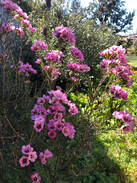 Other lesser known members of the Myrtle family are; Lily Pilly (Acmena spp.); Wax Flower (Chamelaucium spp.); Brush Box (Tristania spp.) and Thryptomene spp. Cultivars sold in nurseries are grown from cuttings Fig. Geraldton Wax, Chamelaucium uncinatum, is beautiful shrub in the garden. It can be used for cut flowers and the lemon scented leaves make a fragrant tea 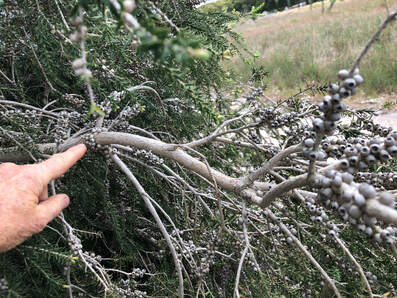 Moonah, Melaleuca lanceolata, showing older woody fruit capsules to collect. Click on image to enlarge Moonah, Melaleuca lanceolata, showing older woody fruit capsules to collect. Click on image to enlarge Bottlebrush & Paperbarks Because Bottlebrush and Paperbarks are small to medium sized shrubs and small trees, seed from these species can be conveniently harvested with secateurs or plucked-off while standing safely on the ground. The woody fruit capsules of the Bottlebrush and Paperbarks form in clusters along its stems. Seed from the older clusters of woody fruit, found closer to the middle of the bush on larger older branches, remain viable for much longer (10 – 20 years). The younger fruit is found closer to the outside or near the tips of the branches. Seed from this fruit may only be viable for 1 or 2 years 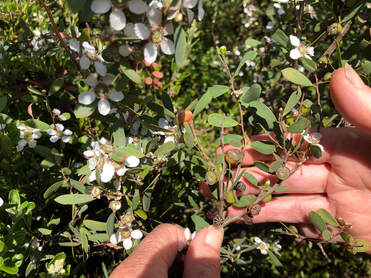 Coastal Teatree, L. laevigatum, showing flowers, immature fruit capsules, old woody capsules with open valves (seed has dropped). Click on image to enlarge. Coastal Teatree, L. laevigatum, showing flowers, immature fruit capsules, old woody capsules with open valves (seed has dropped). Click on image to enlarge. The tea-trees, kunzeas and Willow Myrtle Also shrubs up to 6m tall, they produce a single woody cup-shaped capsule along the stems and near the tips. The older capsules found further down the stem, closer to the middle of the plant are more mature and will also provide seed that remains viable for longer. In some species of Tea-tree like the Coastal Tea-tree, Leptospermum laevigatum, Silky Tea-tree, L. myrsinoides, Willow Myrtle, Agonis flexuosa. and Kunzea spp., the mature woody capsules open and drop their seed within a few months of maturing. Genetic diversity of seed – why is it important? A community of plants is more resilient and adaptable to change if it is genetically diverse. In these times of climate change, adaptability and resilience will be key to specie’s long term survival Geneticists recommend collecting seed from 20+ parent plants in a community of remnant plants. Often this isn’t possible, though its good practice to get as much genetic diversity as you can. Collecting around plants, on all sides, also helps to increase genetic diversity because pollinators come from many directions and bringing pollen from many more plants. I also started mixing seed lots from different years collected in the same location. This also adds genetic material from plants that may not flower every year. Cleaning seed – it’s a simple process 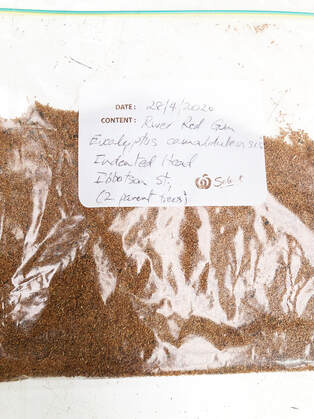 Cleaned River Red Gum seed ready for storage with location and date recorded Cleaned River Red Gum seed ready for storage with location and date recorded Your seed collection has been a success and the fruit capsules have dried and have all opened. The seed can now be separated using a standard garden sieve or a kitchen colander (see below). Because the most fertile seed is often at the bottom of the capsules, give them a good shake to release all the seed. The cleaned seed can then be stored in sealed glass or plastic containers, though I prefer zip-lock plastic bags for convenient storage. Labelling It’s usual to record the species name or a brief description if the name’s not known, the place where it was collected and the date. I also like to record the number of trees/shrubs in the collection as an indication of genetic diversity. A description of the soil (sandy/clayey) and the drainage also will help later when the plants are ready for their new home in the garden or the back paddock. E.g. Yellow Gum, Eucalyptus leucoxylon subsp. connata Dog Rocks, 20/1/2011, 15 trees. Well drained clayey soil. Nurseryman’s tip – Start a notebook/file and record when & where you collect seed of different species. This will be very handy in future years. Storing your seed Myrtle family seed is best kept in a fridge where it will stay fresh and viable for many decades. If there’s no space available in the beer fridge, a cool dark room will do. If seed is kept in a warm sunny room, studies have shown that the seed of most eucalypt species, and I suspect most of the Myrtle family, will start to lose viability after 10 years.  Click image to enlarge Click image to enlarge The Myrtle family - part 2. From seed to plants Fig. A six-month-old Manna Gum seedlings grown in Hiko cells. What do you want to grow? I can include advice in my next blog
0 Comments
Leave a Reply. |
Click on the image below to discover 'Recreating the Country' the book.
Stephen Murphy is an author, an ecologist and a nurseryman. He has been a designer of natural landscapes for over 30 years. He loves the bush, supports Landcare and is a volunteer helping to conserve local reserves.
He continues to write about ecology, natural history and sustainable biorich landscape design. 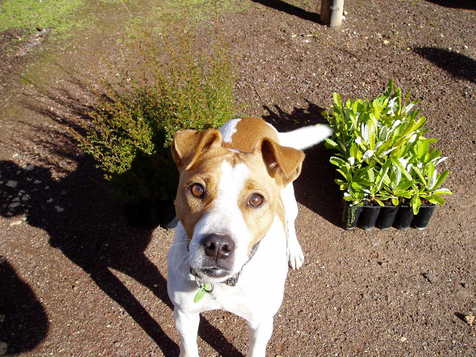
|
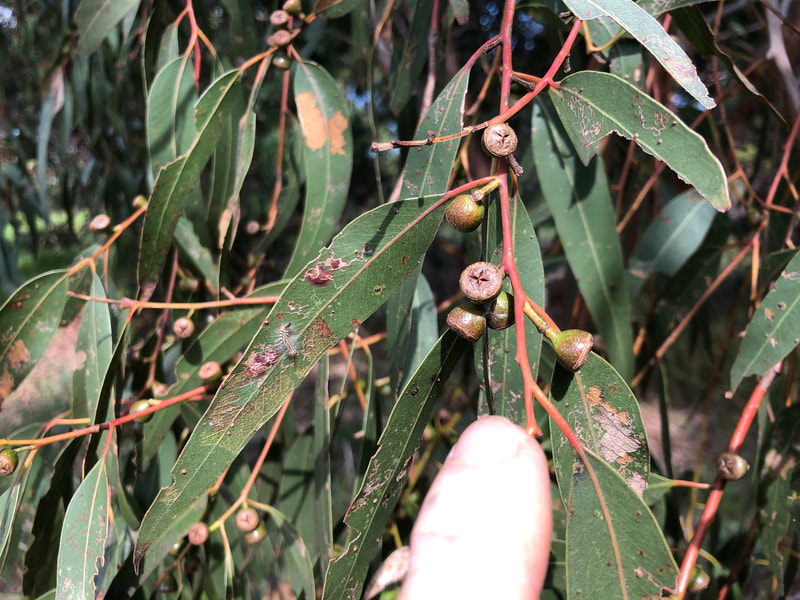
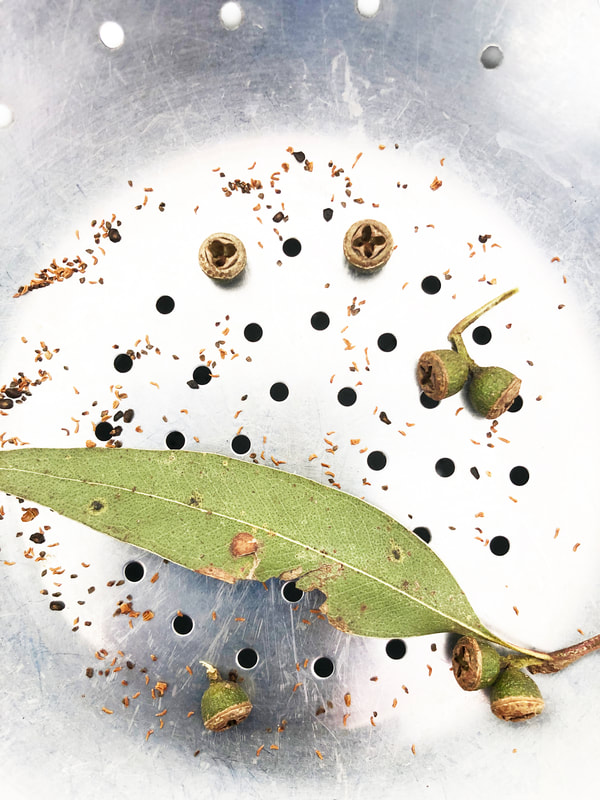
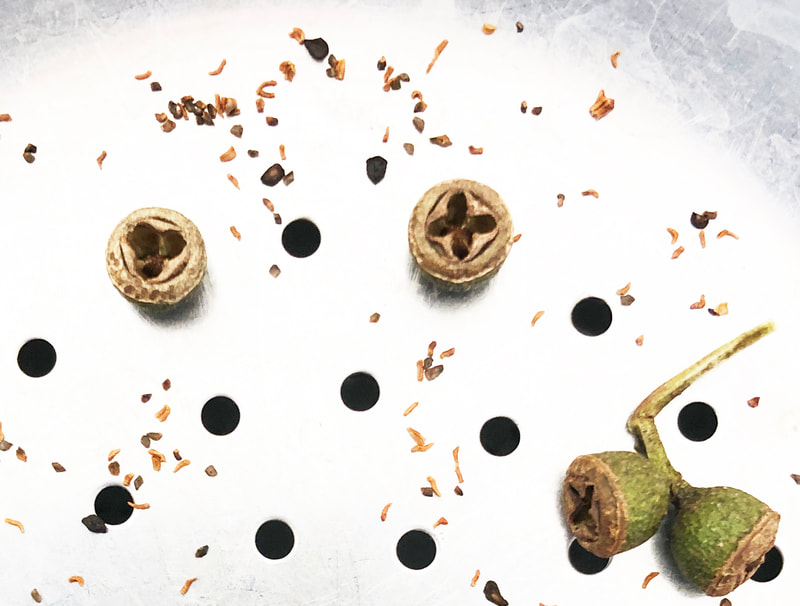
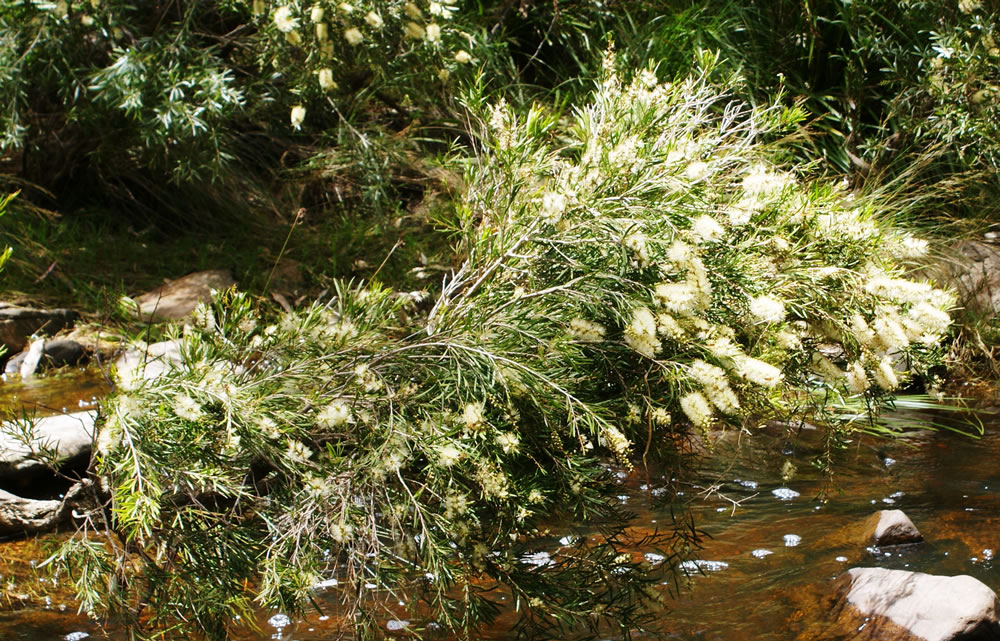
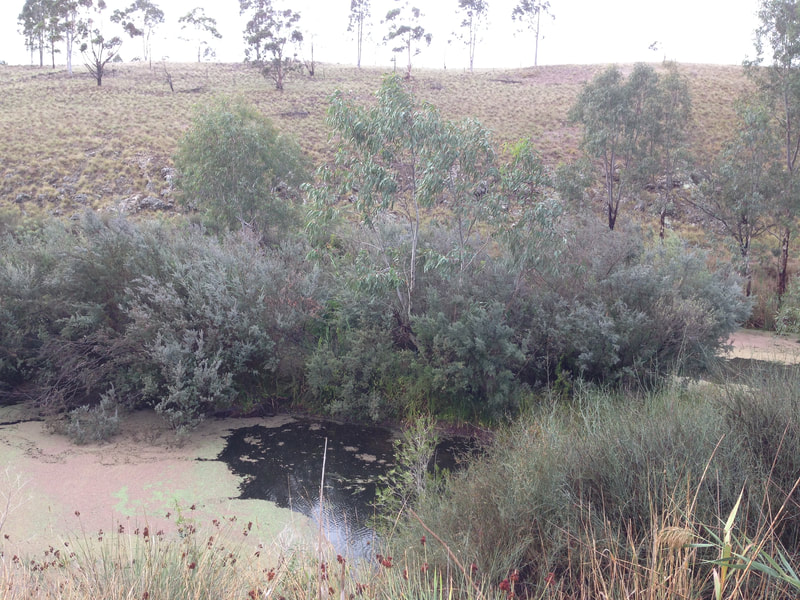
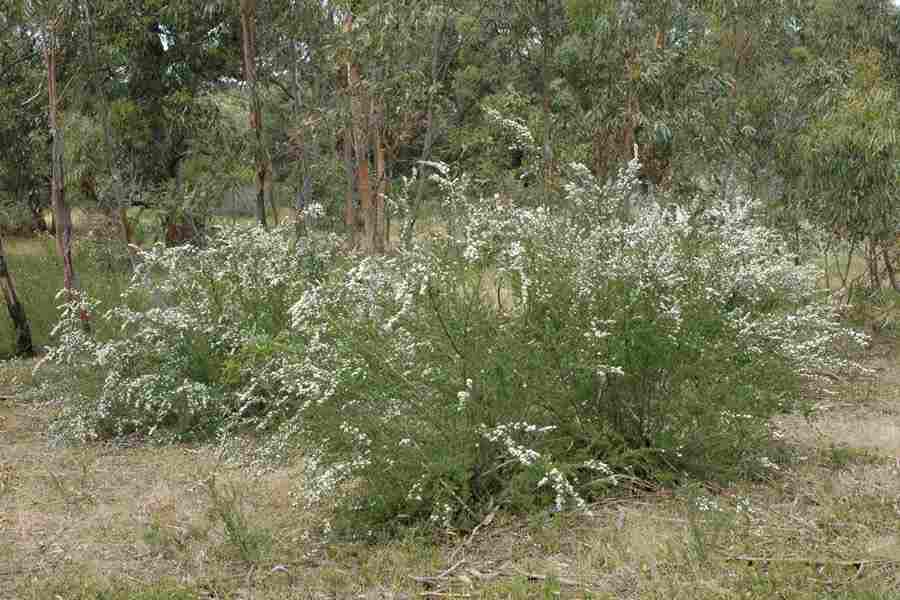
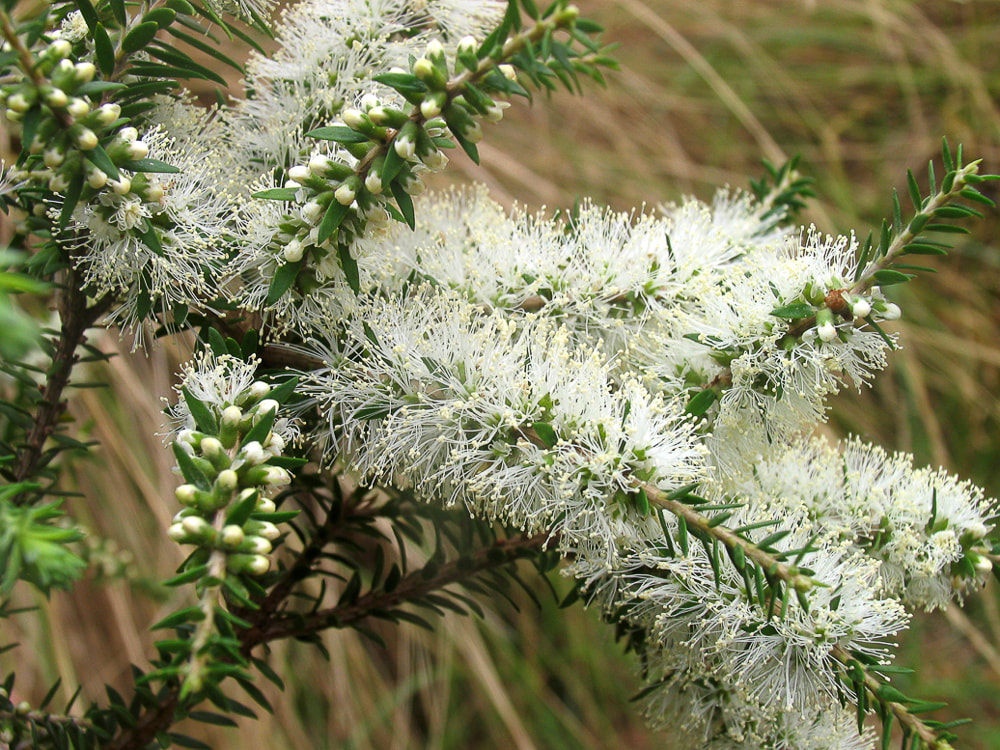
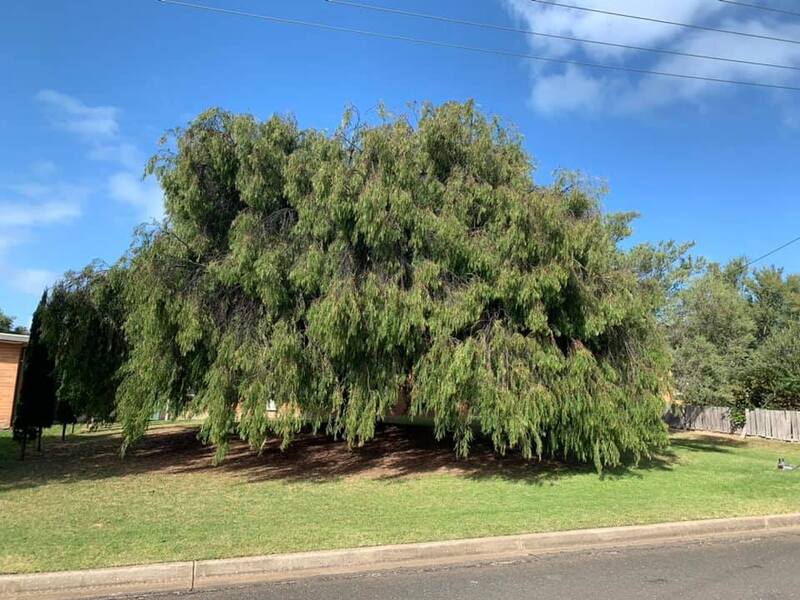
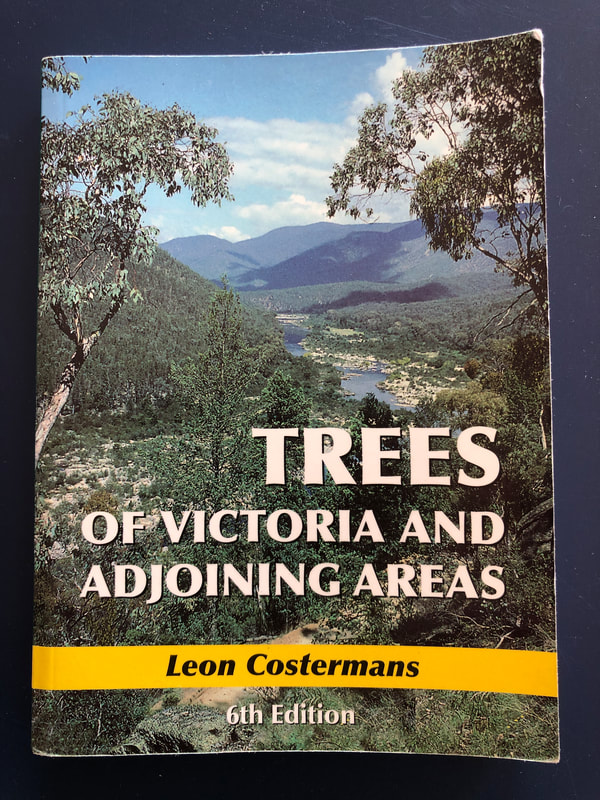
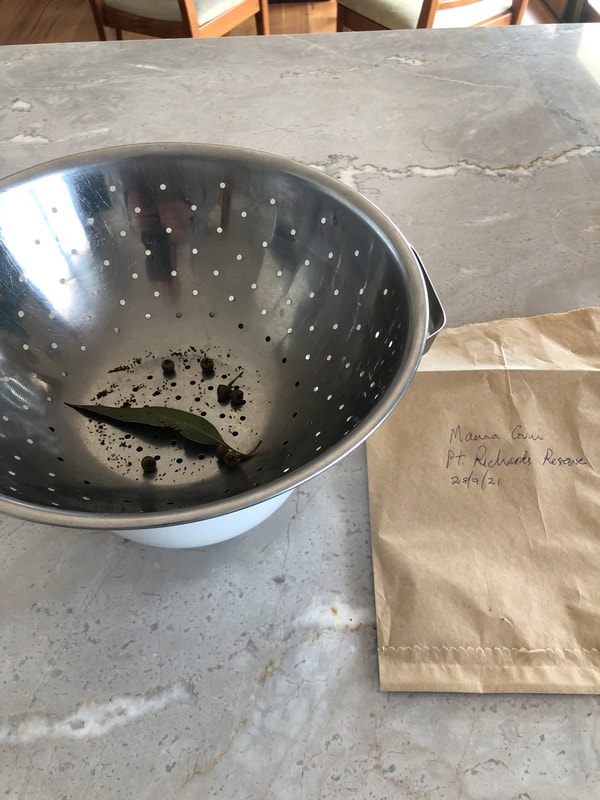
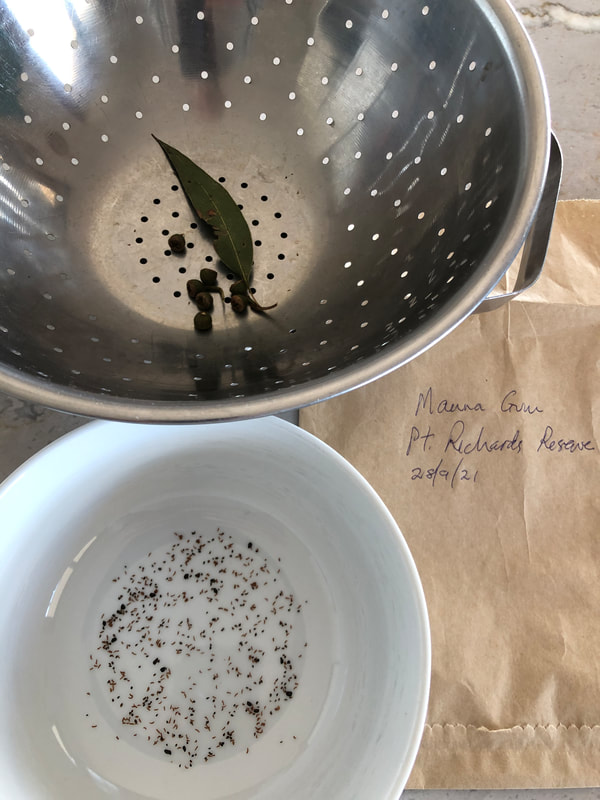
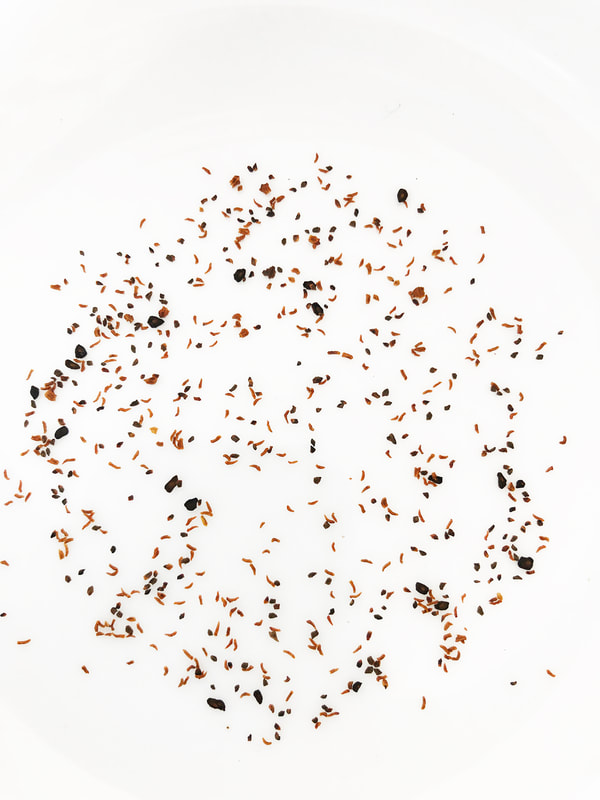
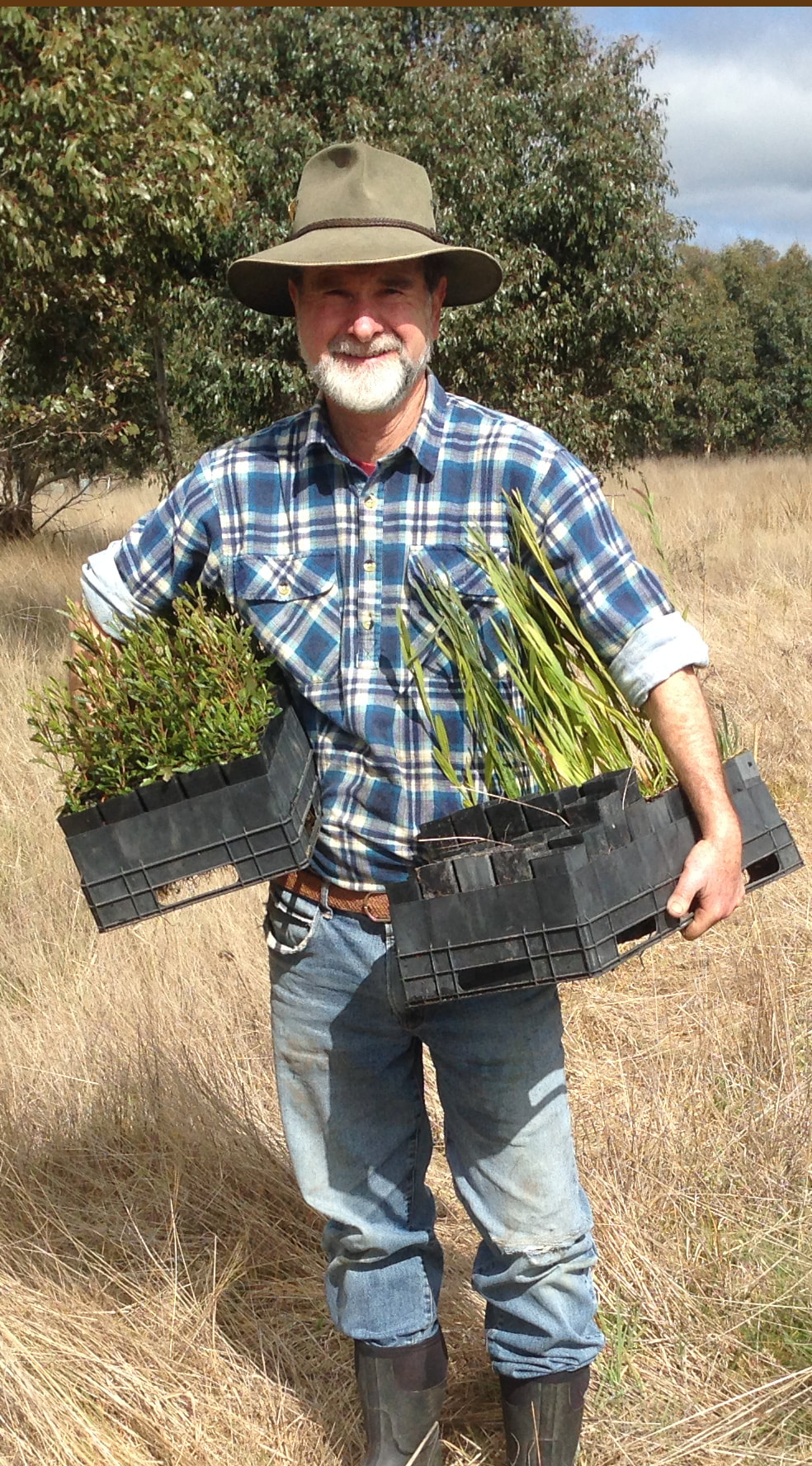

 RSS Feed
RSS Feed
